Overview
Tribolonotus gracilis, or the red-eyed crocodile skink, is a unique skink from New Guinea’s tropical rainforests. These skinks are more for viewing than handling, as they tend to stay hidden and only come out to eat when no one is around.
They are active during the day, excellent climbers, and strong swimmers. They prefer staying close to the ground among leaf litter and low branches. Interestingly, they vocalize when distressed and may "play dead" if startled.

Natural Habitat
Red-eyed crocodile skinks thrive on tropical forest floors, in moist, lush areas, often near water. They can also be found in some human-populated regions.
Terrarium
For a single red-eyed crocodile skink, a 24”L x 18”W x 18”H enclosure is the minimum. This size is also suitable for a pair, as they don't move around much.
Temperatures & Humidity
Warm area: 79°F
Cool zone: 75-78°F
Nighttime: 70-75°F
Max ambient temp: 80°F (higher can cause heat stroke)
Substrate
Use a substrate that promotes evaporation and prevents mold. While red-eyed crocodile skinks need moderate humidity to support shedding and maintain their new skin, they also benefit from a bioactive enclosure with live plants. For optimal results, use a mixed substrate that includes Geckopia Coconut Coir to maintain the perfect humidity levels and support plant growth. Enclosure Décor
Enclosure Décor
Crucial for environmental enrichment, use items like small cork hollows, caves, and foliage to encourage natural behaviors. More hiding spots will make your skink more comfortable in the open. Live plants, especially moss, are great additions. We recommend using Geckopia Live Moss and Geckopia Corks to create a vibrant and enriching environment for your skink. Feeding Your Red-Eyed Crocodile Skink
Feeding Your Red-Eyed Crocodile Skink
These skinks are insectivores. Feed juveniles daily and adults every other day, offering enough insects for a 5-minute feeding session. Insects should be no larger than the skink’s head. Variety is key for a balanced diet. The best insects for your skink include dubia roaches, hornworms, and mealworms.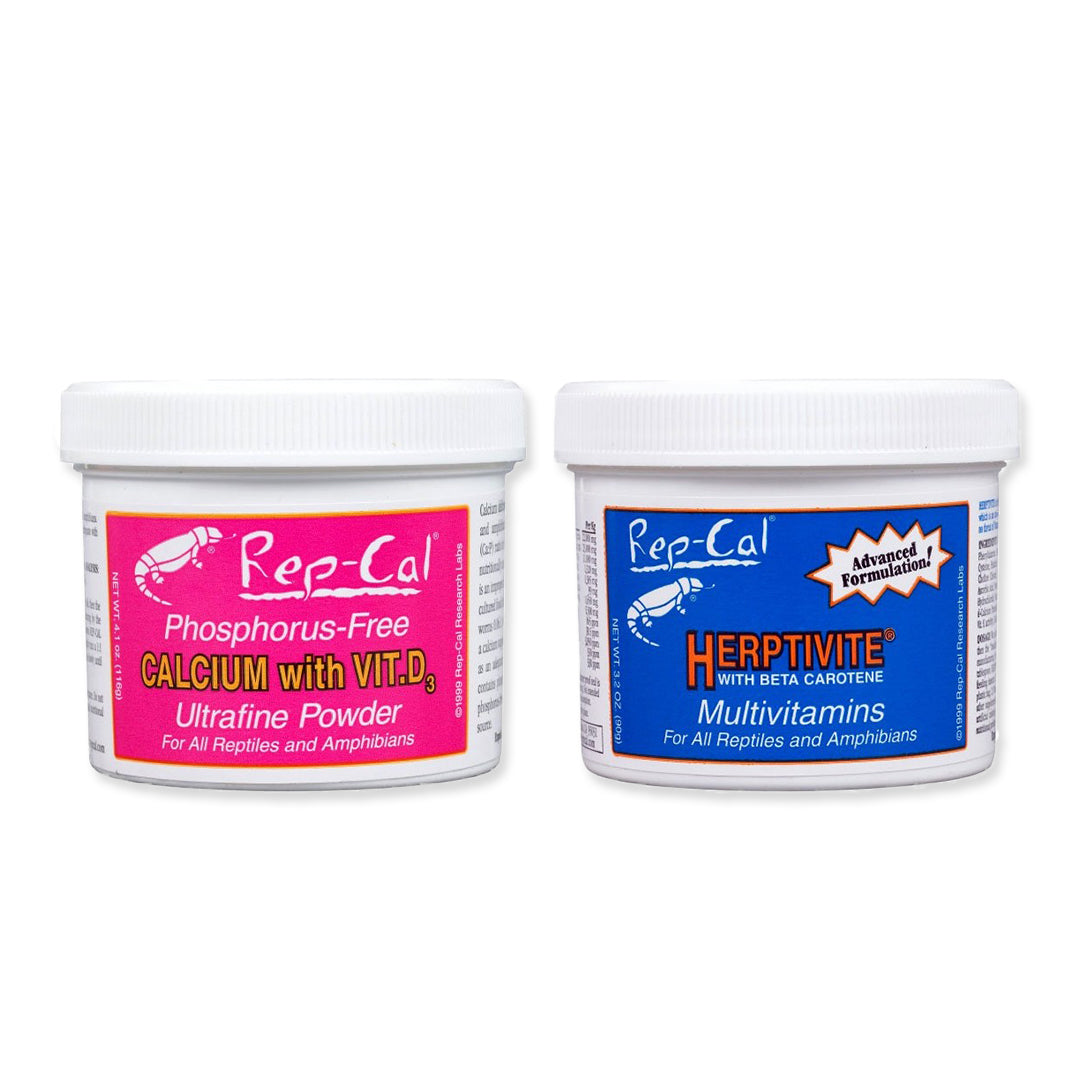
Supplements
Juveniles and hatchlings should be fed every other day, dusting with calcium with D3 at every feeding. Additionally, dust their food once or twice a week with a multivitamin and regular calcium dusting. This ensures they receive all the essential nutrients they need for healthy growth. We recommend using Rep-Cal Calcium & Vitamins to ensure your skink receives the essential nutrients it needs.
Caring for a red-eyed crocodile skink can be rewarding experience if you provide the right environment and care. Ensuring a proper terrarium setup with the right temperatures, humidity, and enriching décor is crucial. Feeding a varied diet and using appropriate supplements will keep your skink healthy and happy.
Ready to bring one of these fascinating creatures home? Check out our Red-eyed crocodile skink











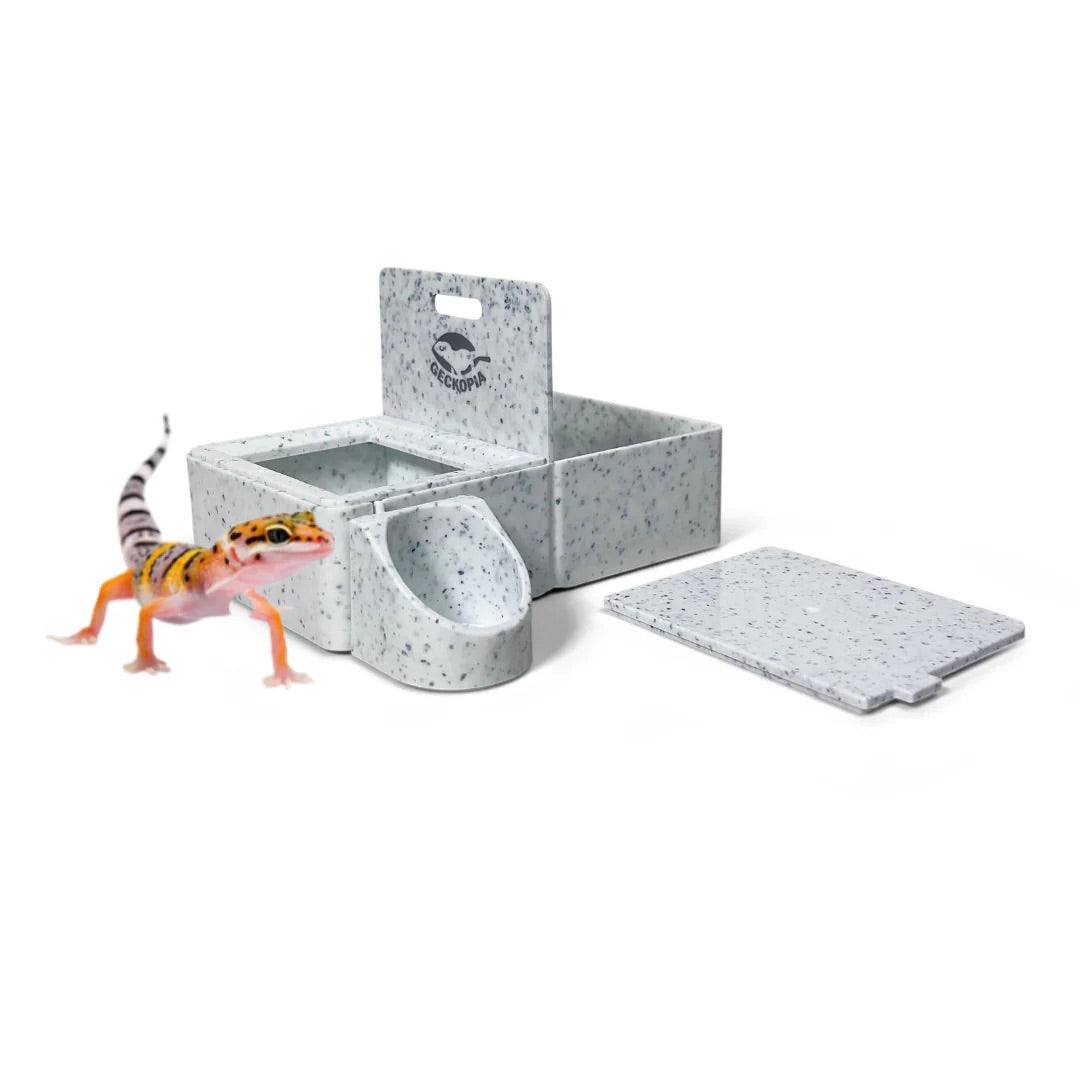














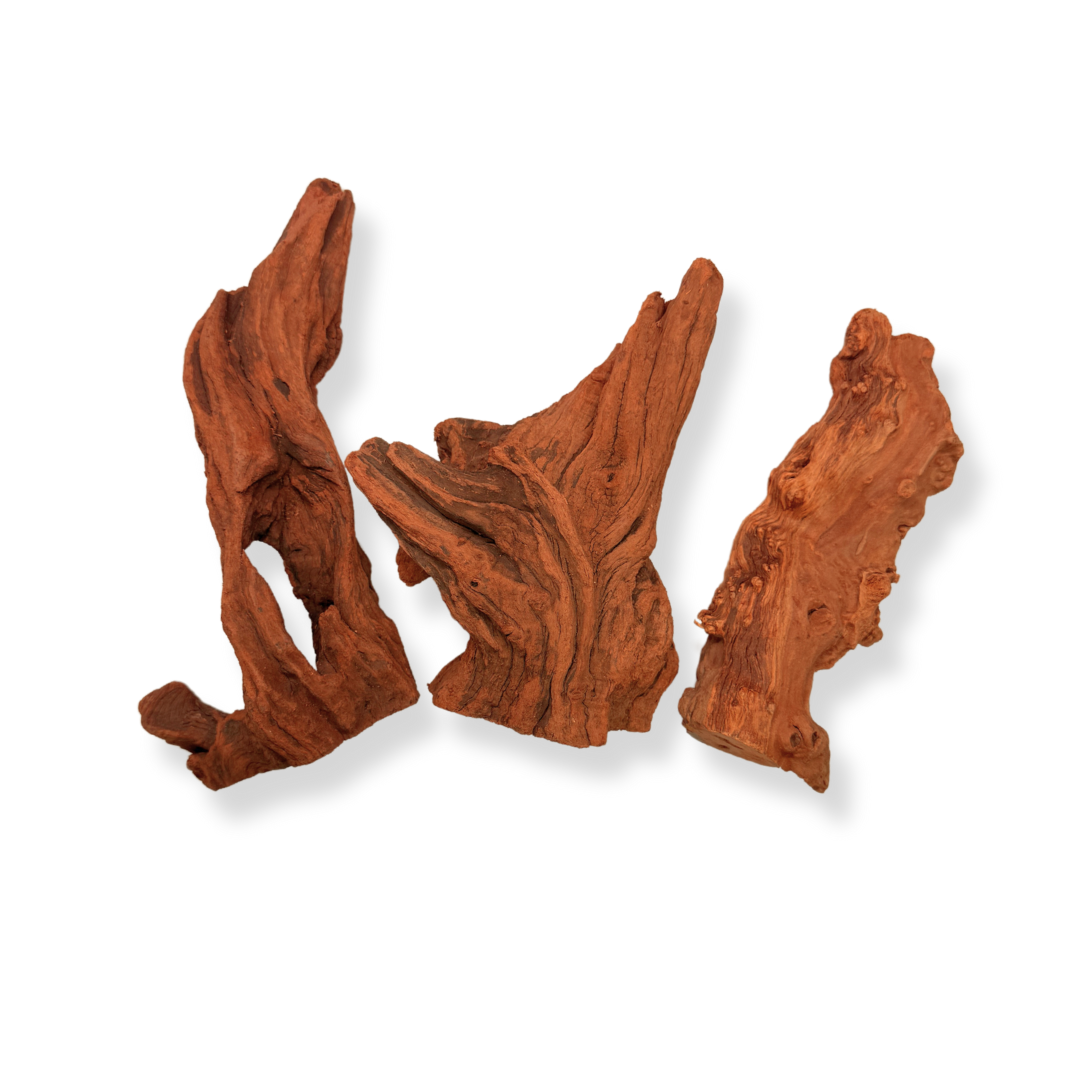

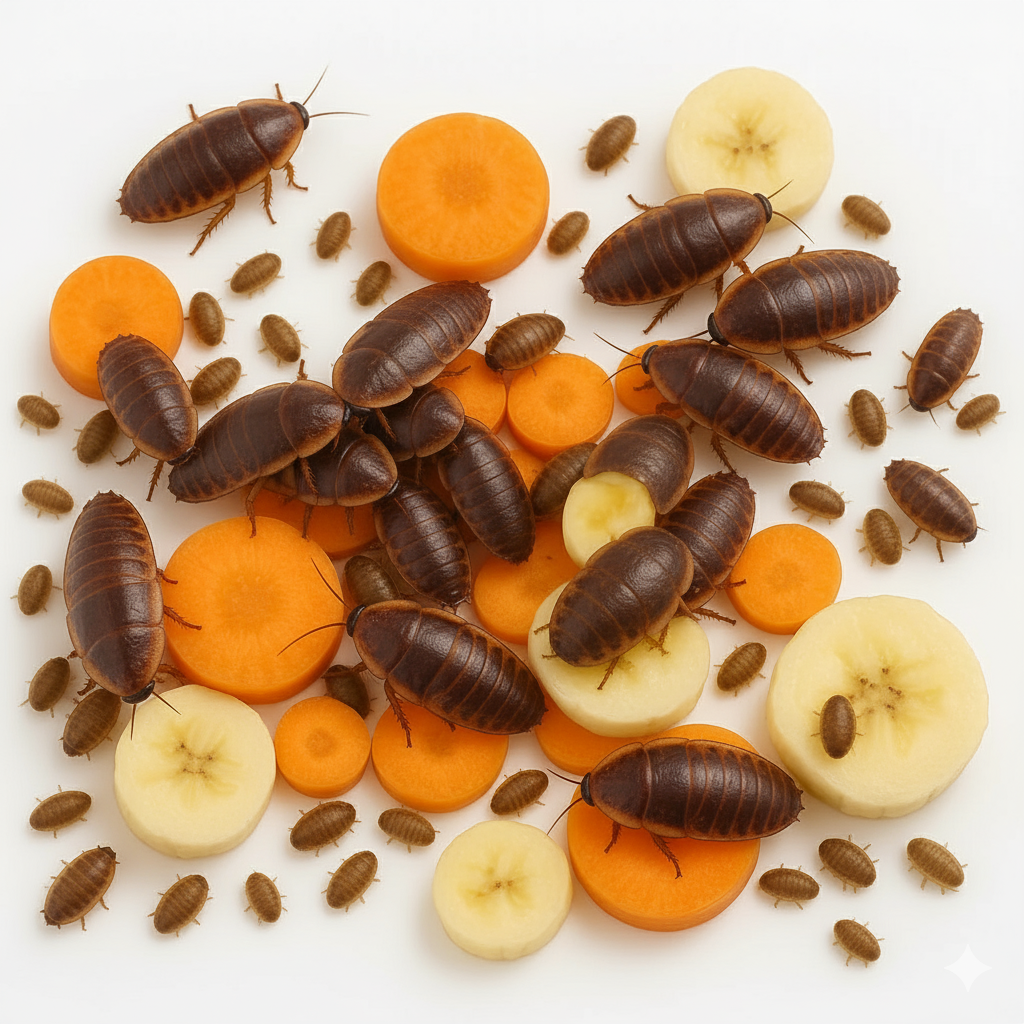












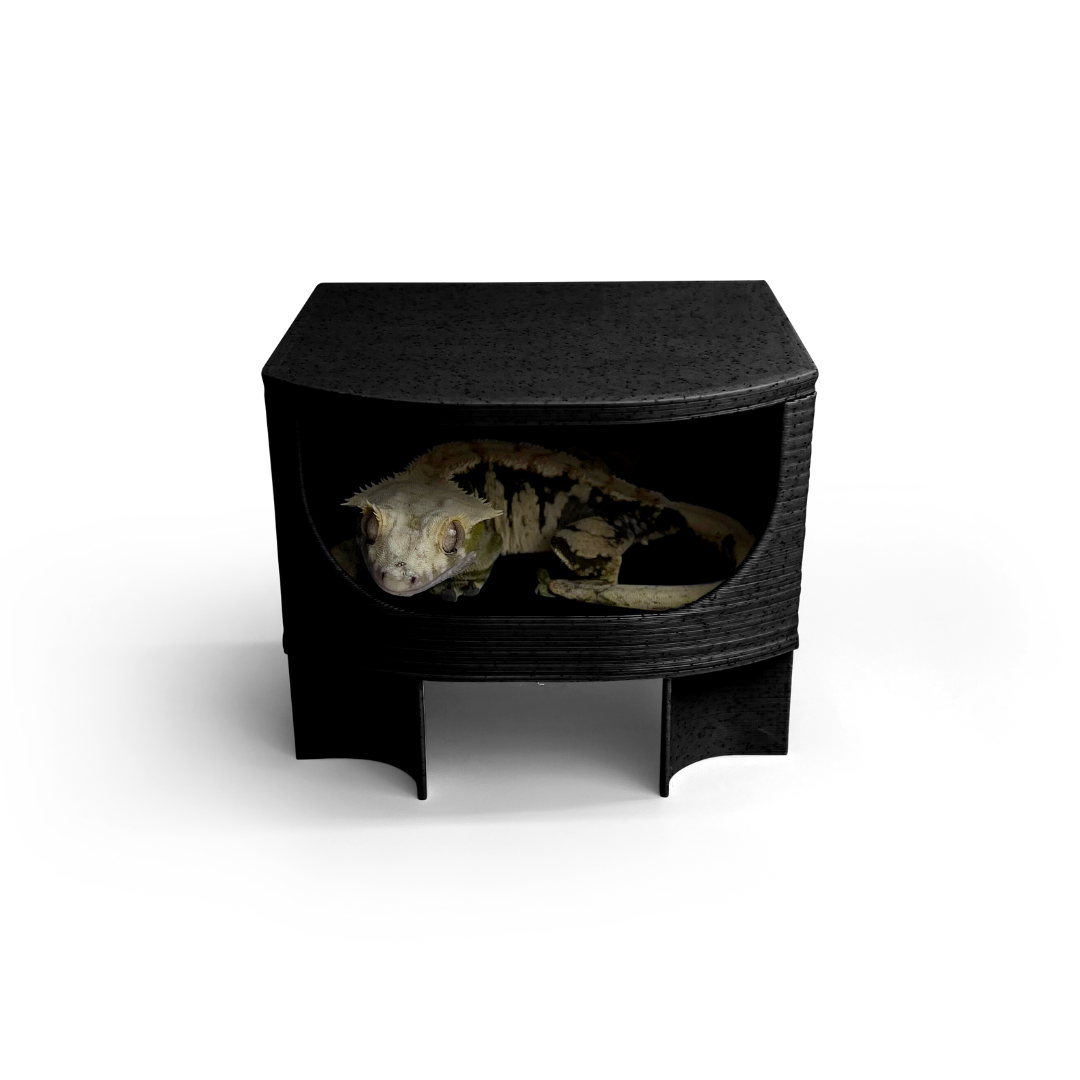


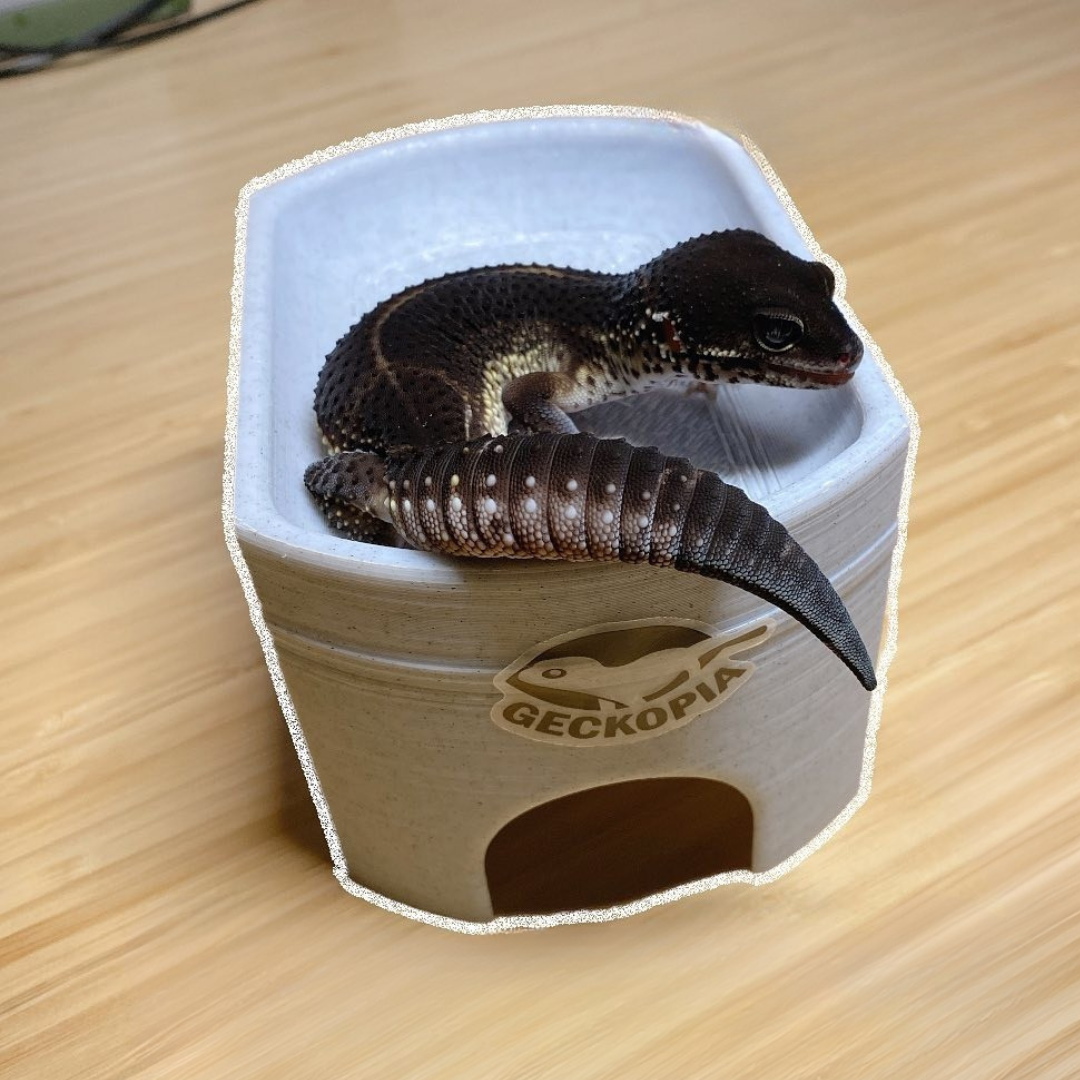



















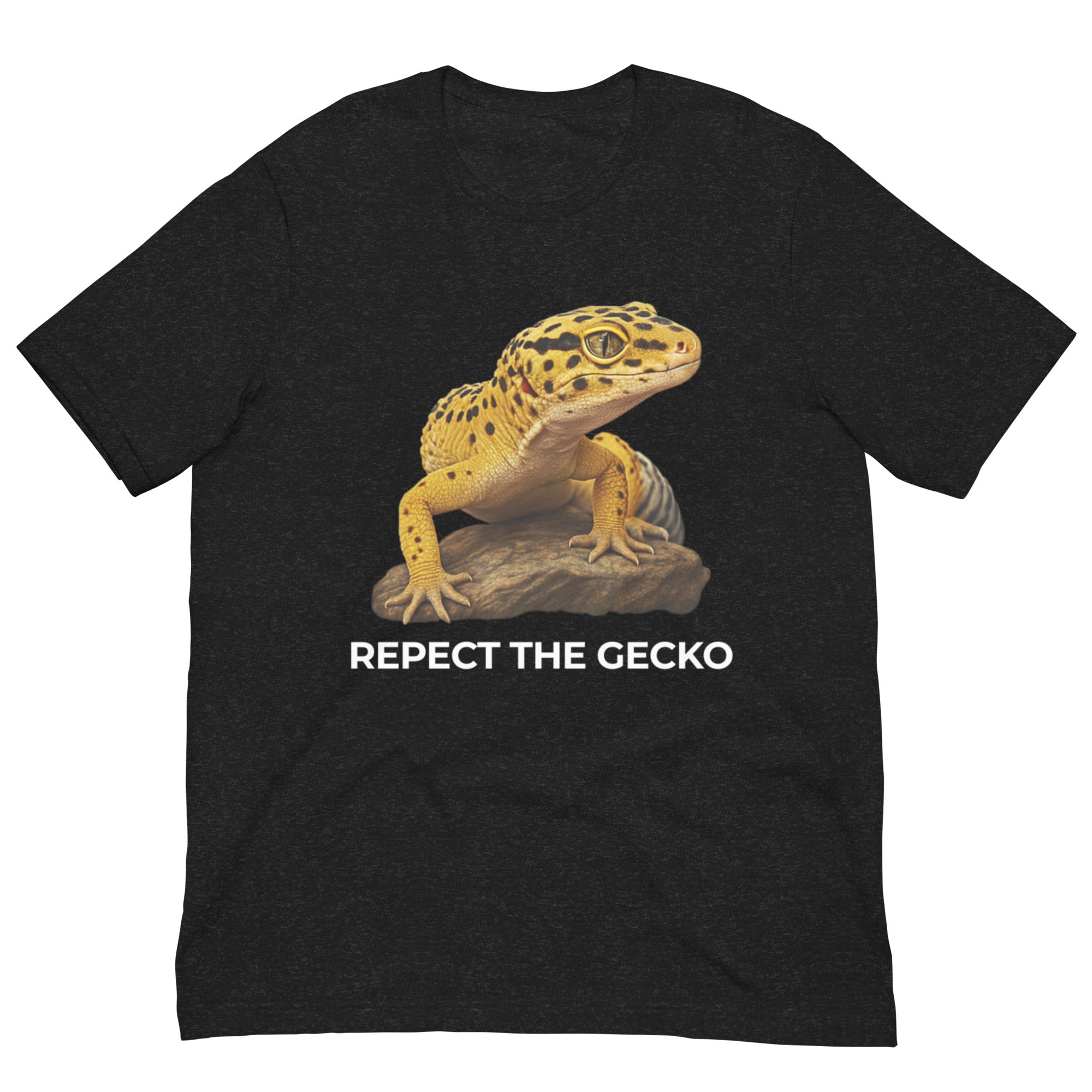

400 comments
CBWyVmRc
RHTZJiSCmArsLuQ
TIFKHvYG
IayQGSecOEoitrBl
nsEztRfpJXxvA
Leave a comment